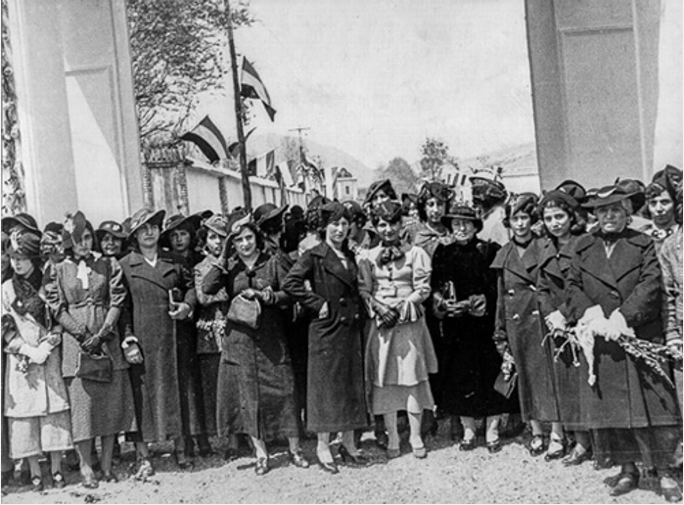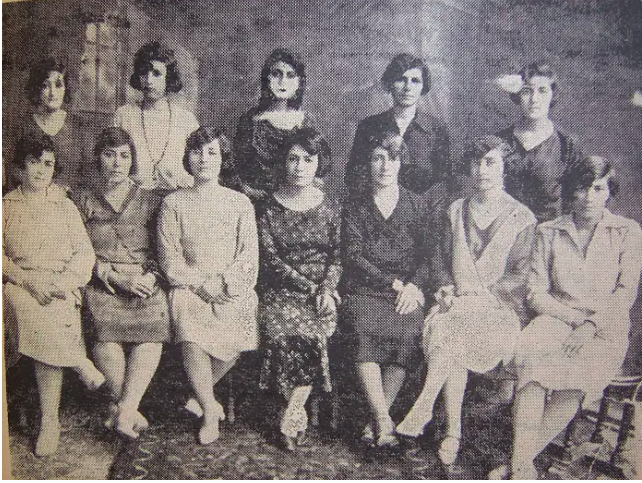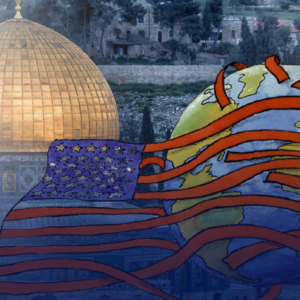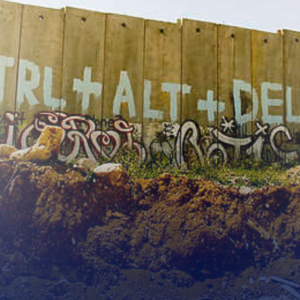Iran Decrypted V: The History of Hijab Laws in Iran
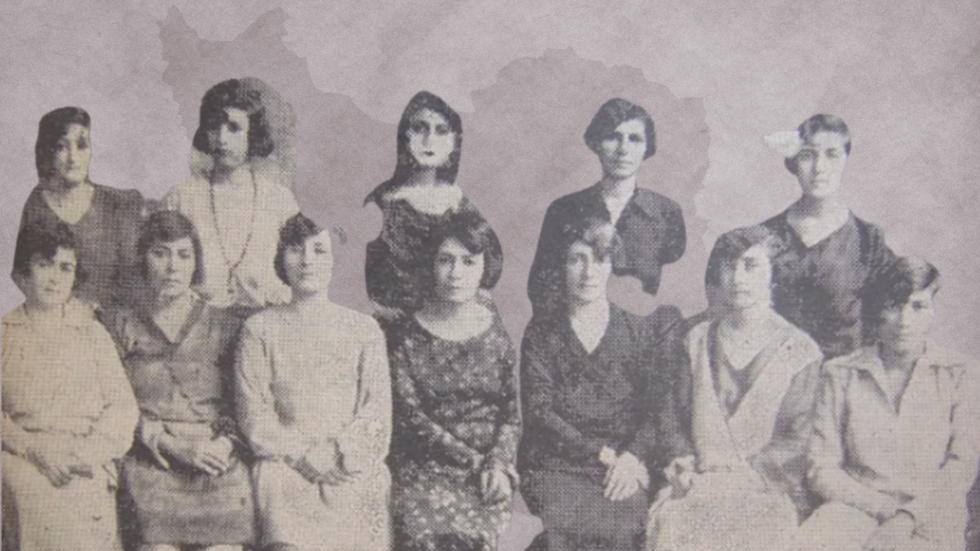
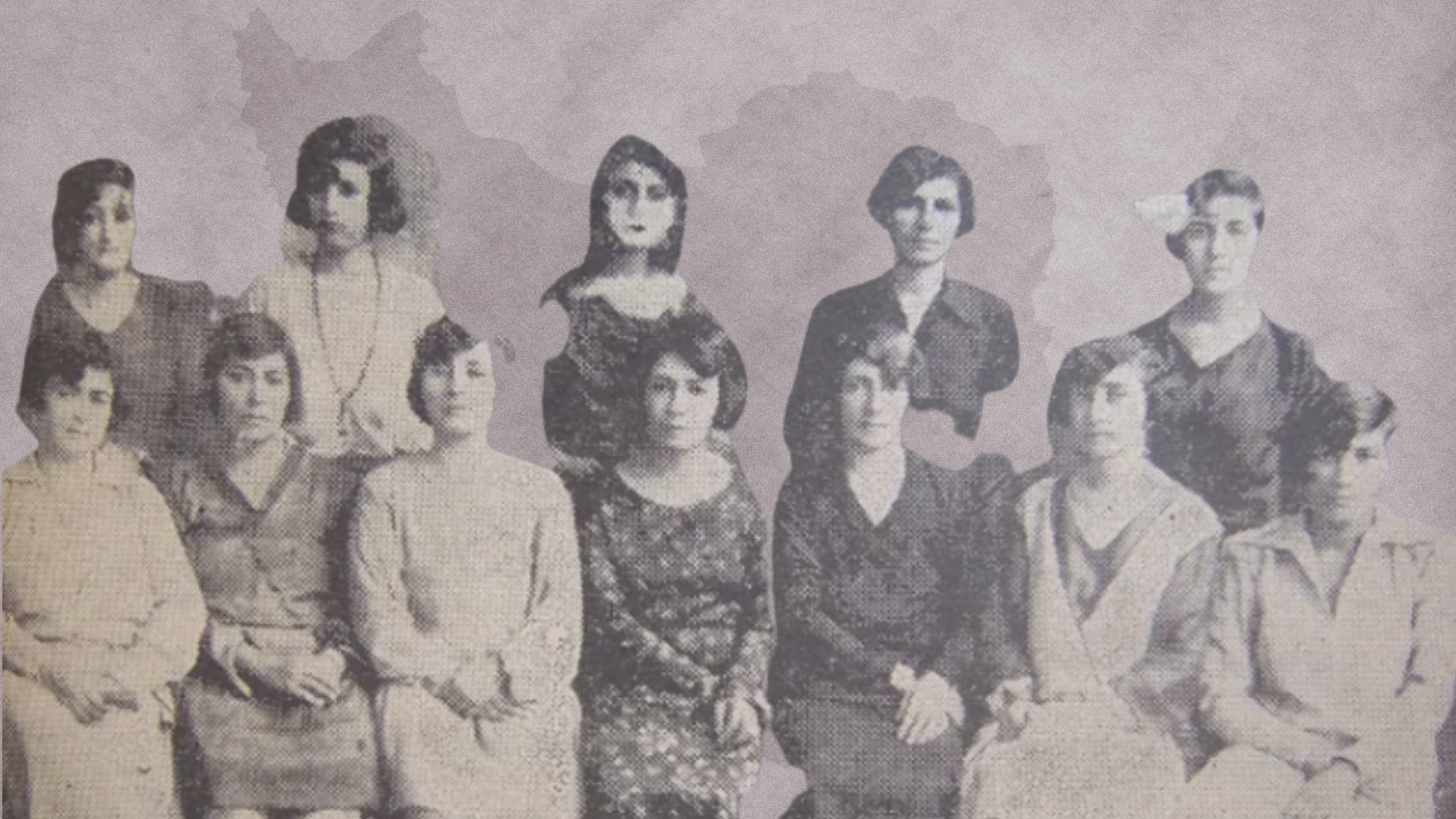
Iran Decrypted V: The History of Hijab Laws in Iran
As modern conflict moves away from hard industrial war to soft information warfare, the recent political unrest in Iran must be analyzed from a new global perspective, one that recognizes the convergence of historical contexts, present-day challenges, and future impacts within an international framework.
Written by: Sara Salimi | Copy Editors: Zainabrights, Fatima Alhajri | Design: Fatima El-Zein | Consultants: Fiza Raza, Batool Subeiti
If you value our journalism…
TMJ News is committed to remaining an independent, reader-funded news platform. A small donation from our valuable readers like you keeps us running so that we can keep our reporting open to all! We’ve launched a fundraising campaign to raise the $10,000 we need to meet our publishing costs this year, and it’d mean the world to us if you’d make a monthly or one-time donation to help. If you value what we publish and agree that our world needs alternative voices like ours in the media, please give what you can today.

